Website sections:
Current section's content:
- You Can Manage and Program Creativity
- Creative Abilities and Creative Thinking Skills Management
- Briefly About CreativityModel Method Usage
- CreativityModel Method Usage Opportunities and End-User License Agreement
- Current Version of CreativityModel Method
- CreativityModel Method Abstract
- CreativityModel Method Version Changes
- CreativityModel Method Glossary
- Explanation of the Method's Component Parts and How the Component Parts Interact
- Explanation of How the Method's User Achieves Results
- CreativityModel Method - Generate Dots, Connect the Dots
- CreativityModel Method Usage Areas
- The Artist in You
- Growth of the Artist in You
- The Result Getter in You
- Applying the Result Getter in You
- About Choice Supported Creativity Usage
- The Problematic Side of Business Creativity
- Creativity Management and Business Creativity
- Sales CRM Software Development Example
- Why Does Creativity Management Matter and What Can You Do About This?
- Goal Oriented Creativity Management and CreativityModel Method
- Goal Oriented Creativity Management and Your Personal and Professional Life
- Teenager, Version 1 - Confusion
- Teenager, Version 2 - Career Development and Life Management
- Managers, Version 1 - Zigzagging Business Development
- Managers, Version 2 - Innovation Management and New Product and Service Development
- The President, Version 1 - Some of It Did Happen
- The President, Version 2 - Self-Expression, Conflict Resolution, Creativity and Leadership
- CreativityModel Method Development Background
- Further Development of CreativityModel Method


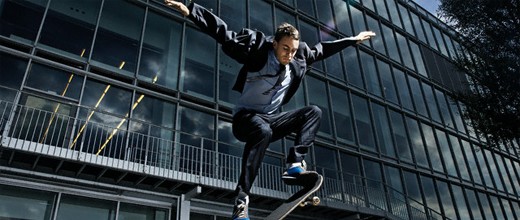



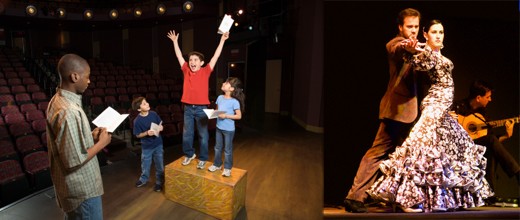

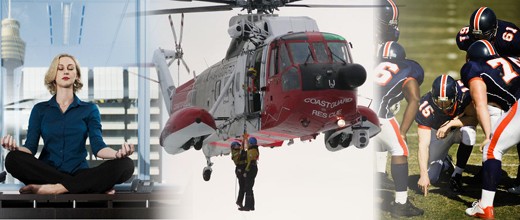

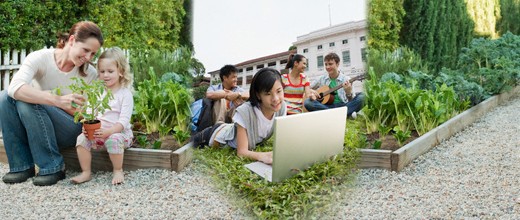
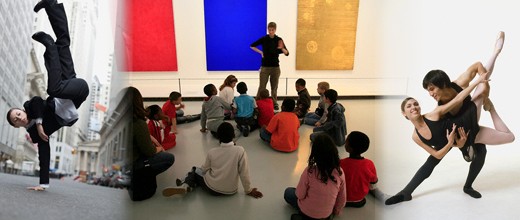
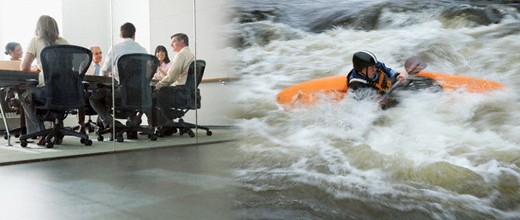







CreativityModel Method Glossary
Current Version of CreativityModel Method
- CreativityModel Method Abstract
- CreativityModel Method Version Changes
- CreativityModel Method Glossary
- Explanation of the Method's Component Parts and How the Component Parts Interact
- Explanation of How the Method's User Achieves Results
- Usage Opportunities and End-User License Agreement section contains CreativityModel Method usage license information, explanations of how you can use this Method, and a link to a PDF version of this Method that you can save, read offline and distribute, if you wish to do so.
Glossary
- Ability - A quality that is required for doing something.
- Additional Functionality Units - Additional methods, computer application objects or other types of tools that extend or enhance CreativityModel Method's functionality.
- Choice Supported Creative Approach - Project development approach, where project structure and content are built around its theme. Project's structural parts and content components are usually related to each other through the perceived characteristics and the perceived associations between these characteristics, and are selected and assembled based on CreativityModel Method user's choices and preferences. Also, see Goal Oriented Creative Approach.
- Choice supported creativity - Instances of usage of Choice Supported Creative Approach.
- Component, or content component - One of the four project elements. Component is a portion of project's structure and content.
- Looking primarily from project development prospective, a component is anything that could be part of project's content and can be perceived by someone who views, listens to or otherwise experiences the project.
- Looking primarily from project perception prospective, in a completed project components are portions of the project's structural parts. In a completed project components form the project's structural parts, and project's structural parts form the project's content.
- As project's building material, components are the most commonly produced project elements. Project's theme, goals and structure are all established for supporting building the project from components.
- Connections between the elements - A structure that relates project elements together in accordance with each element's type requirements, project specific rules and current project development stage's requirements. By the time a project is complete, the elements should be related to each other in accordance with the project's completion requirements.
- Connections inside the elements - A structure (for example, words) that relates parts of an element (for example, sentences) together in accordance with the element type requirements and current project development stage's requirements. By the time a project is complete, all elements should be completed in accordance with their respective completion requirements.
- Creativity - Thinking activities and mental processes that are needed for generating qualitatively appealing solutions regardless of the project type. Every individual has the right to determine what is or is not qualitatively appealing in his or her opinion.
- Creativity management - Management of creative thinking skills and other mental processes of an individual person or a group of people. That is, controlling, arranging and directing usage of the creative thinking skills and other mental processes of an individual person or a group of people.
- CreativityModel Method - Creativity management method that focuses on creative thinking skills usage for development of coherent outcomes from elements that can be generated and added either in coordinated fashion or in random order. CreativityModel Method addresses both self-expressive choice supported creativity and goal oriented creativity usage. CreativityModel Method usage helps to achieve improved results effectively and efficiently within CreativityModel Method user's abilities, experience and expertise.
- CreativityModel Method developer - An individual who modifies or extends CreativityModel Method.
- CreativityModel Method entrepreneur - An individual who uses CreativityModel Method for product or service providing purposes.
- CreativityModel Method user - An individual who uses CreativityModel Method for any purpose without modifying CreativityModel Method in the process in any way or manner.
- Element pooling (see pooling)
- Elements, or project elements - Theme, goals, structural storyline, and components are project elements. Elements should be combined into coherent outcomes in accordance with CreativityModel Method.
- Goal, goals - One of the four project elements. Project's goals should reflect what the person or persons who are responsible for the project's development and management intend to achieve with the project. Project's goals should be in accordance with the project's theme, and components should be established and removed in accordance with project's goals and/or theme. Having goals is usually helpful, but is not always necessary for successful completion of a project. In addition to the entire project, the project's structural storyline parts and even its components can have goals. Structural storyline parts and components' goals must be in accordance with the project's goals, and the components' goals (if established) should support their respective structural parts' goals.
- Goal Oriented Creative Approach - Project development approach, where project structure and content are generated and modified by establishing goal or goals for the project and then, based on the goals, project's structure, which is thereafter filled with the components as needed. Also, see Choice Supported Creative Approach.
- Goal oriented creativity - Instances of usage of Goal Oriented Creative Approach.
- Main Development Stream - CreativityModel Method element creating processes and stages collectively, as differentiated from Additional Functionality Units.
- Objective - Overall aim or project development direction. Objectives are general descriptions and may be subject to interpretations. Compared to objectives goals should be specific, actionable and, preferably, measurable.
- Pooling, or element pooling - The process of creating and gathering together groups of alternative elements and solutions.
- Project - an activity that requires creative development efforts or planning.
- Project specific rules - Requirements and constraints that must be fulfilled for completion of a project, but are not directly related to CreativityModel Method.
- Skill - Learned capacity to carry out pre-determined results.
- Structural storyline, or project's structure - One of the four project elements. Project's structure, which is called structural storyline here, consists of parts that together form a broad view of the project. Depending on the nature of the project, these structural parts can be, for example, chapters, acts in a play, a musical phrase or other types of parts of a musical composition, objects on the canvas, or a business project's milestones, or main events on a schedule, and so on.
- Structural storyline works like a navigation aid or a map: its purpose is to form a sequence of the main parts or steps that complete the project. So, when finalized, structural storyline should "tell the story of the project" in broad terms from the beginning to completion. Structural storyline should be developed so that its parts are in accordance with the project's goals and theme and it helps to complete the project in accordance with the project type. In most instances, therefore, the structural storyline should reflect or be at least influenced by the project type and the relevant rules.
- Theme - One of the four project elements. Project's theme is an outline, category, or synopsis that describes briefly what the project is about, reflects the project's essence and meaning and, if applicable, also provides a summary of the project's features and benefits. In addition to the entire project, the project's structural storyline parts and even its components can have a theme. Structural storyline parts and components' themes must be in accordance with the project's theme. Components should be established (and removed) in accordance with the project's goals and theme.
 Continue to Explanation of the Method's Component Parts and How the Component Parts Interact
Continue to Explanation of the Method's Component Parts and How the Component Parts Interact

